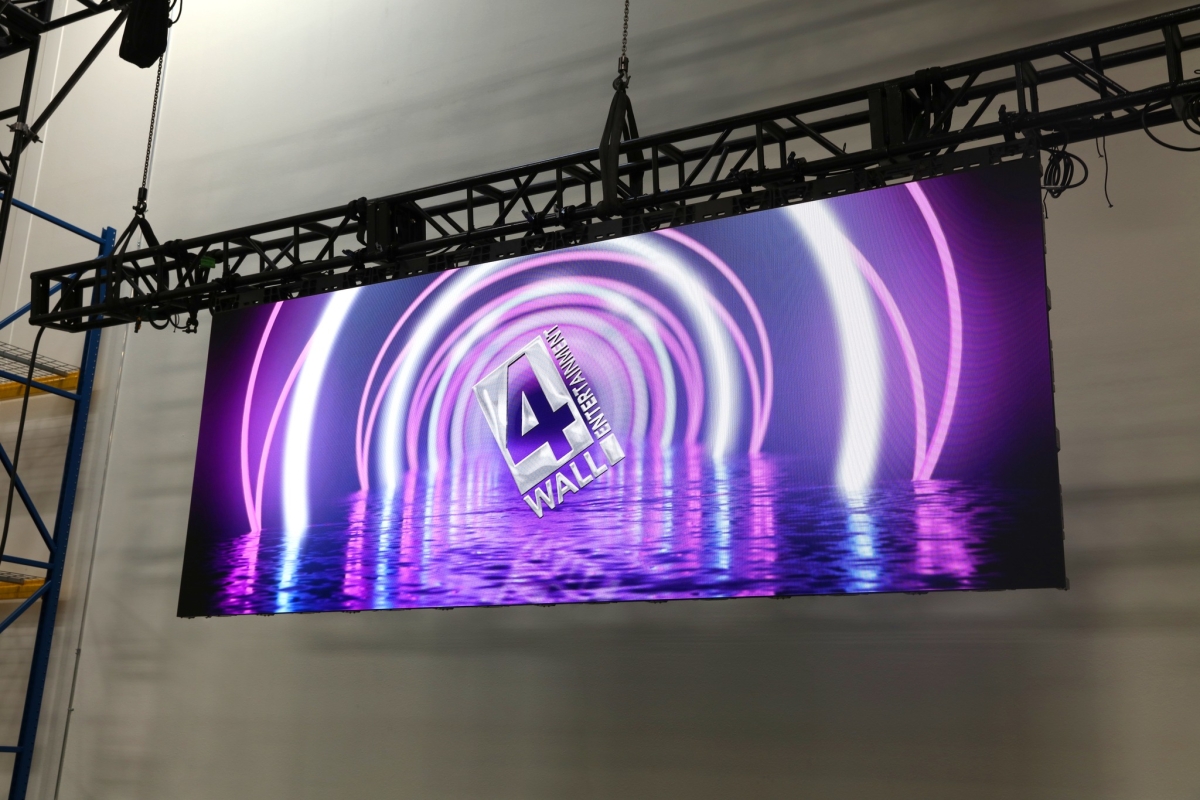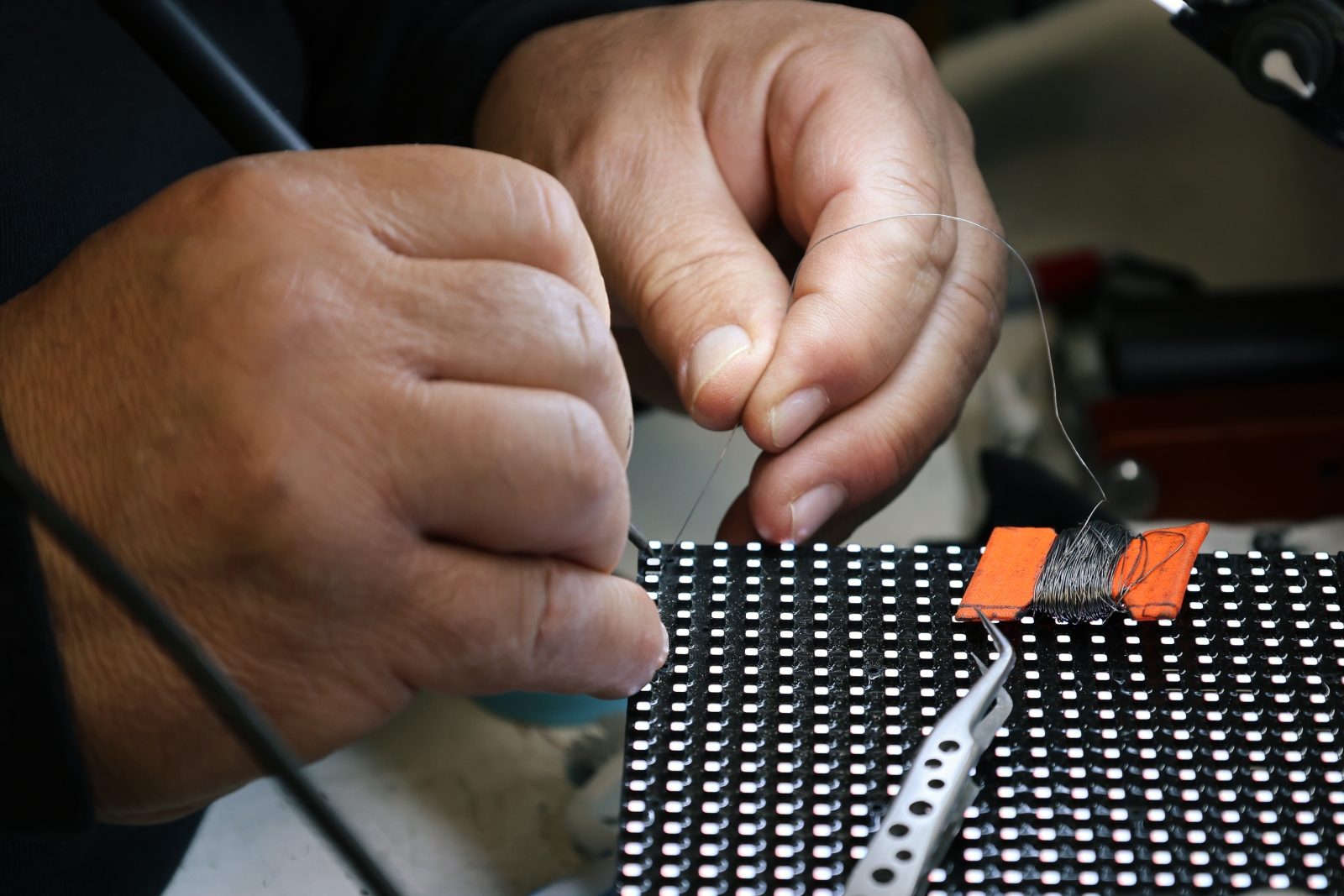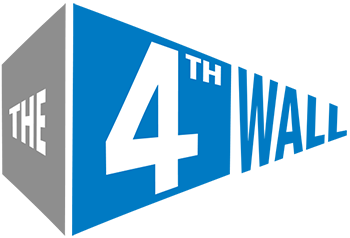Pixel Perspectives: A Guide to LED Pixel Pitch

Updated 10/31/2025 with a section on considerations around outdoor rated tile and pixel pitch.
TL;DR: Selecting the right LED pixel pitch is crucial for delivering stunning visuals in live events. This article breaks down key factors like viewing distance, outdoor rating, screen size, and content type to help you make the best choice for your audience and application.

Let's Talk LED Pixel Pitch
Clients regularly request sub 2mm screens. 4Wall Entertainment offers 1.5mm and 1.9mm rental options as well as 2.5mm and 2.8mm.
A higher resolution can benefit your production by reducing viewing distance for the naked eye. It can also reduce moiré on camera.
But is it necessarily the better option for your event?
Live Events vs. On-Camera Usage
Let's focus on live events/viewers for now. I'll address "on camera" usage in the next installment.
How Do You Claculate Viewing Distance?
There are a number of "guides" available for viewing distance. Is it three feet or three meters of viewing distance for every mm of pixel pitch? I.e. - a 2.5mm screen requires a viewing distance of 2.5 x 3 for 7.5' or 7.5m depending on the formula you chose.
But in reality, my first consideration is your content.
Content is King
- Is your content static images with lots of text and blocks of solid colors? That leans towards wanting a higher resolution screen.
- Is your content moving images with variations in content, contrast, color, etc? You don't necessarily need a higher resolution. Persistence of vision can compensate for a looser pixel pitch.
Audience Location: Close vs. Variable Distances
Where is the viewer seated?
- A finer pixel pitch benefits a presentation style, seated event with close viewing distance.
- A wider pixel pitch works well for a moving audience, like a trade show floor or long/variable viewing distances.
The Role of Screen Size
How big is the screen? This is huge - or maybe it's not.
The general inverse rule of thumb is, "As screen size decreases, the resolution should increase."
A 40' wide screen with an 8mm pixel pitch at a concert probably looks awesome. A 10' wide 8mm screen looks like a bunch of individual pixels when you stand 10' away from it.

Don't Forget Total Resolution
Total resolution is a very important measurement tool as well. Often, it's the last considered item.
Let's look at using 500mm x 500mm panels in a 16:9 configuration. That would be a 26' x 15' screen rounded off.
- The 2.8mm pixel pitch screen gives a resolution of 2816 x 1584, which is well above HD but slightly less than 4K.
- A 2.5mm pixel pitch results increases the resolution of 3200 x 1800. Closer to 4K.
- Drop down to a 1.9mm pixel pitch and you surpass a DCI 4k resolution by hitting 4096 x 2304.
Here's the trade-off:
- For a difference of .6mm pixel pitch between the 2.5 and 1.9mm screens, you double your processing, engineering and playback source needs/costs because you have gone past the 4k resolution. But you have only increased your resolution by 64%.
- Conversely - your production costs remain the same between a 2.8mm and 2.5mm pixel pitch. But with the 2.5mm product you increase your resolution by 29%.
What about weather?
If your LED wall is going anywhere near weather, crowd traffic, or a beer garden, pixel pitch isn't the only spec that matters, you also need to consider the IP rating. IP65 means the panel is sealed against dust ("6") and can take low-pressure water jets from any direction ("5"), so it can survive rain, wind-blown mist, dust, and general outdoor abuse.
That matters because outdoor activations, fan zones, plazas, red carpets, and festival stages need two things: (1) weather resistance and (2) daytime punch. Outdoor-rated tiles are built for both. They're typically brighter than indoor tiles (think 4,000-6,000+ nits instead of ~1,000 nits), so your content is still readable in direct sun instead of washing out to a dull gray.
Also worth calling out: outdoor LED used to mean big, coarse pixel pitch because that was the only way to get durability. That's not the case anymore. We're now seeing outdoor-capable tiles in the 3-6 mm range that still carry an IP65 rating and high brightness, which means you can put LED much closer to the audience (or camera) without it looking chunky.
At 4Wall, we stock multiple IP65-rated options:
Planar Leyard LN 3.9S Outdoor (3.9mm)
Lightweight rental cabinet designed for fast rigging, curved walls, and creative angles. The 3.9S "S" variant is the outdoor model: IP65-rated, up to ~4,000 nits max brightness, and built to hang or stack for concerts, sports, and brand activations.ROE Carbon CB5 (5.77mm)
Carbon fiber frame, ultra-light touring panel. IP65-rated, front-serviceable, and capable of up to ~6,000 nits, so it's comfortable outdoors in daylight. Common on large stages and outdoor broadcast looks where you still want tighter pitch.Chauvet F5IP (5.9mm)
IP65-rated LED video panel with a magnesium housing, designed for fast load-in/out. Delivers ~5,000 nits calibrated (up to ~6,000 nits max) and wide viewing angles (160° H / 155° V), which is clutch for outdoor stages and fan zones where people are wrapped around the screen.ROE Carbon CB8 (8.33mm)
Classic large-format outdoor touring wall. IP65 weather protection, up to ~5,000 nits brightness, and big 600 x 1200 mm panels that build fast and stay up in rain, wind, and dust. Ideal for massive sightline screens where the audience is further back.
The short version: if you're outdoors (or even semi-outdoors, like a concourse or rooftop), you should be looking at IP65-rated tiles first, then picking pixel pitch based on how close the audience or camera will be. Indoors you can get away with a lower IP rating - outdoors you really can't.
Other Factors to Consider
There are other factors to consider depending on the project design.
- Is the screen curved or flat?
- Ground stacked or flown?
- What are the lighting conditions?
- How about build time?
Wrapping it Up
There isn't a Nyquist formula that can give you a definitive answer.
But, there is an incredibly knowledgeable sales and support team at 4Wall that can help you ascertain the best solution for your project. Give us a call and let's succeed together!
PS. We have this LED Wall Calculator to help you plan out your video wall needs.
About the Author:
Wayne Romanowski brings over two decades of expertise in LED and video technologies, with a current role as Vice President of LED Services at 4Wall Entertainment, overseeing global initiatives in LED solutions. His career spans key positions such as Director of LED Services and Senior LED Engineer, alongside diverse freelance experience with major tours and productions, including Barry Manilow's tour and the Russian Ballet Theatre. Wayne's background blends technical mastery, project management, and leadership, making him a driving force in advancing the industry's LED and video display innovations.

